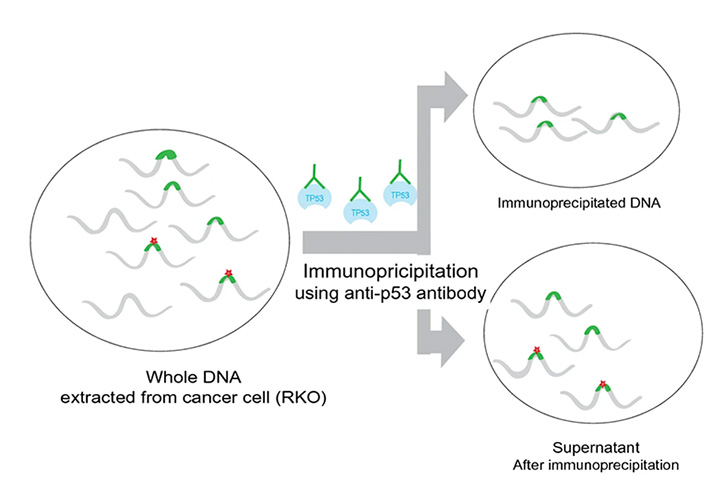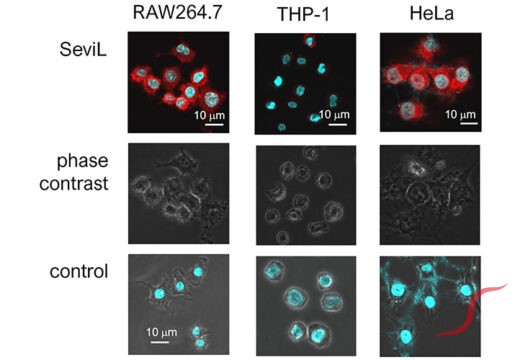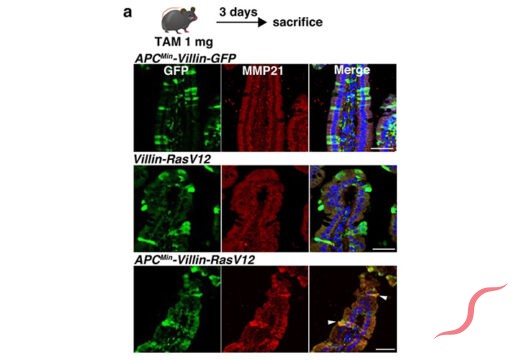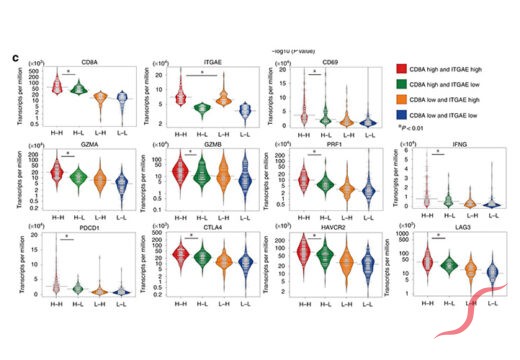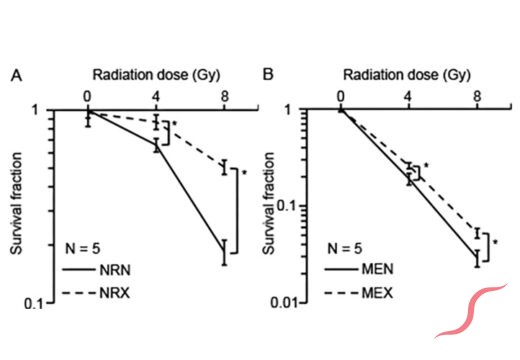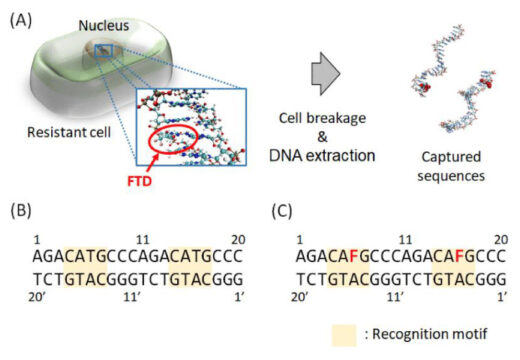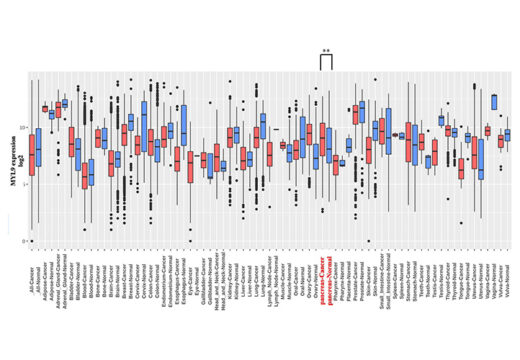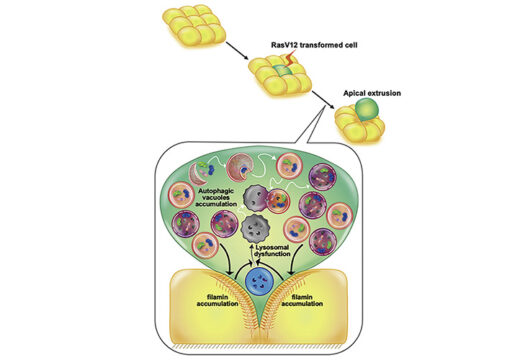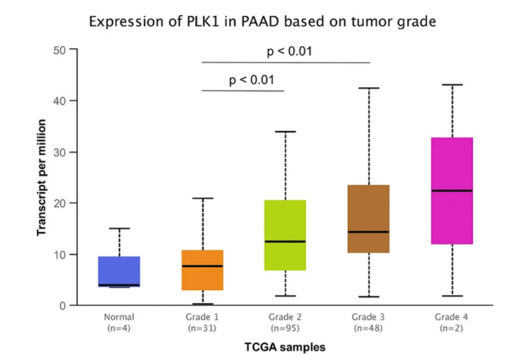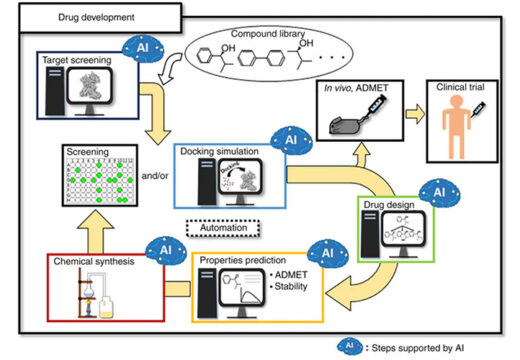| Publication | Scientific Reports |
|---|---|
| Language | English |
| Author | Takahito Ohshiro, Ayumu Asai, Masamitsu Konno, Mayuka Ohkawa, Yuki Komoto, Ken Ofusa, Hideshi Ishii, Masateru Taniguchi |
| DOI | |
| PubMed | |
| PubMed Central | |
| URL | |
| URL |
Abstract:
DNA alterations, such as base modifications and mutations, are closely related to the activity of transcription factors and the corresponding cell functions; therefore, detection of DNA alterations is important for understanding their relationships. Particularly, DNA alterations caused by exposure to exogenous molecules, such as nucleic acid analogues for cancer therapy and the corresponding changes in cell functions, are of interest in medicine for drug development and diagnosis purposes. However, detection of comprehensive direct evidence for the relationship of DNA modifications/mutations in genes, their effect on transcription factors, and the corresponding cell functions have been limited.
In this study, we utilized a single-molecule electrical detection method for the direct observation of DNA alterations on transcription factor binding motifs upon exposure to a nucleic acid analogue, trifluridine (FTD), and evaluated the effects of the DNA alteration on transcriptional activity in cancer cell line cells. We found ~ 10% FTD incorporation at the transcription factor p53 binding regions in cancer cells exposed to FTD for 5 months. Additionally, through single-molecule analysis of p53-enriched DNA, we found that the FTD incorporation at the p53 DNA binding regions led to less binding, likely due to weaken the binding of p53.
This work suggests that single-molecule detection of DNA sequence alterations is a useful methodology for understanding DNA sequence alterations.
